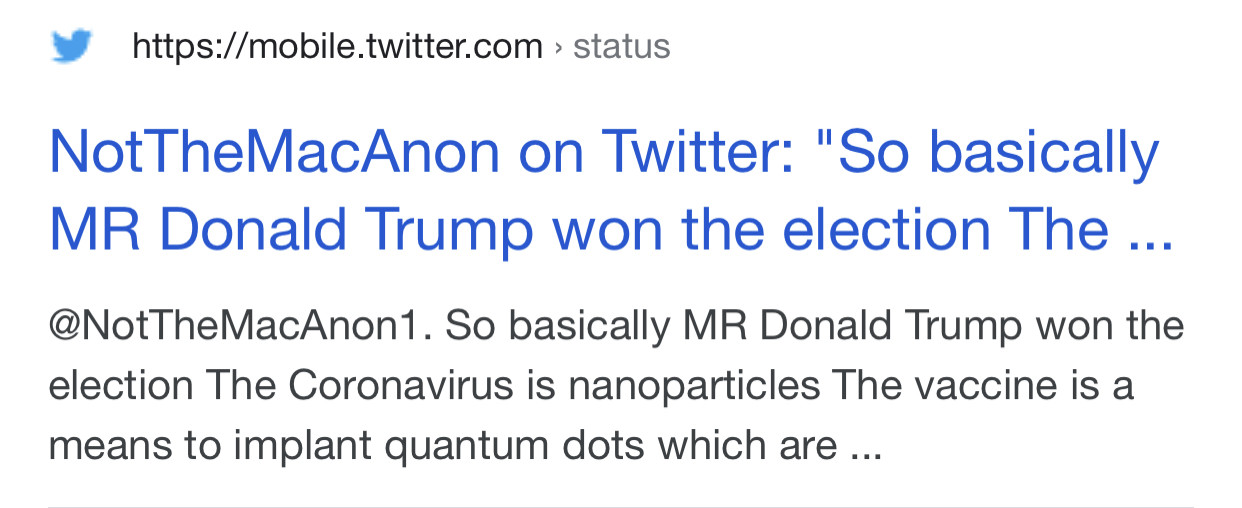The surface area of inhaled nanoparticles favors the formation of free radicals (i.e. superoxide anions or hydroxyl radicals), which drive oxidative stress, an underlying mechanism that promotes inflammatory responses (14, 15). The ratio of surface atoms to total atoms or molecules increases exponentially with decreasing particle size, contributing to the surface reactivity (10). Oberdörster confirmed this by examining a difference in toxicities from nano-sized versus micron-sized titanium dioxide particles of the crystalline type, anatase, when instilled at the same mass dose. The nano-sized particles were more reactive than the micron-sized particles. The data was linearly correlated when the same experiments were performed at the same surface area dose (1)
Has anyone ever noticed how Titanium Dioxide is in a plethora of products?
I’m still waiting for a reply. 🤷🏼♂️
They are trying to erase everything.
I am a Information Treasure Hunter. I was sent to earth to teach Love and Kindness
quantum dots WHICH are where?
What is a solid lipid nanoparticle?
In recent years, the field of self-assembled quantum dots has shown great promise for nanoscale applications in optoelectronics and quantum computing.
Quantum dots (QDs) possess optical properties of superbright fluorescence, excellent photostability, narrow emission spectra, and optional colors. ... Lipid-biotin conjugates were used to recognize and mark viral lipid membranes, and streptavidin-QD conjugates were used to light them up.
This article reports a high-yield procedure for preparing microsized (giant) Janus liposomes via gel-assisted lipid swelling and clustering behavior of these liposomes directed by biotin-avidin affinity binding. Confocal fluorescence microscopy reveals in detail that these new lipid colloidal particles display broken symmetry and heterogeneous surface chemistry similar to other types of Janus particles. An optimized formation procedure is presented, which reproducibly yields large liposome populations dominated by a single-domain configuration.
This work further demonstrates that biotin-conjugated 1,2-dioleoyl-sn-glycero-3-phosphoethanolamine preferentially partitions into the liquid-disordered phase of the lipid matrix, rendering these Janus liposomes asymmetrical binding capacity toward avidin. This affinity binding drives irreversible and domain-specific cluster formation among Janus liposomes, whose structure and size are found to depend on the domain configuration of individual liposomes and incubation time.
We present ligand-asymmetric Janus quantum dots (QDs) to improve the device performance of quantum dot light-emitting diodes (QLEDs). Specifically, we devise blue QLEDs incorporating blue QDs with asymmetrically modified ligands, in which the bottom ligand of QDs in contact with ZnO electron-transport layer serves as a robust adhesive layer and an effective electron-blocking layer and the top ligand ensures uniform deposition of organic hole transport layers with enhanced hole injection properties.
Suppressed electron overflow by the bottom ligand and stimulated hole injection enabled by the top ligand contribute synergistically to boost the balance of charge injection in blue QDs and therefore the device performance of blue QLEDs. As an ultimate achievement, the blue QLED adopting ligand-asymmetric QDs displays 2-fold enhancement in peak external quantum efficiency (EQE = 3.23%) compared to the case of QDs with native ligands (oleic acid) (peak EQE = 1.49%). The present study demonstrates an integrated strategy to control over the charge injection properties into QDs via ligand engineering that enables enhancement of the device performance of blue QLEDs and thus promises successful realization of white light-emitting devices using QDs.
Colloidal quantum dots (QDs) are solution-processable semiconductor nanocrystals coated with a monolayer of surface ligands1. Progresses on synthetic chemistry of core/shell QDs have led to a unique class of emissive materials with efficient, stable, and high colour-purity photoluminescence properties2,3,4,5,6.







